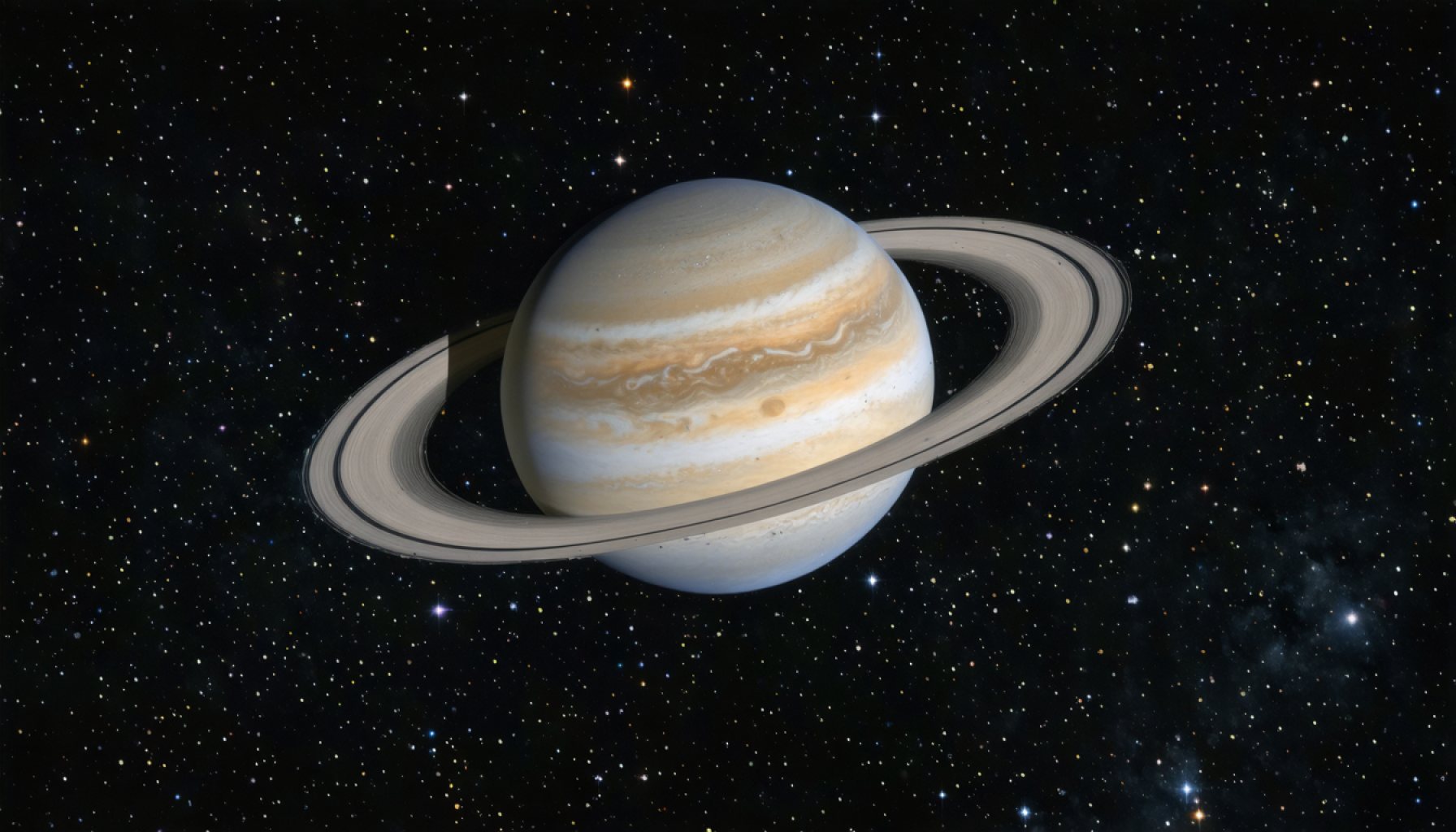- An international team of astronomers discovered five young exoplanets still forming in their stellar nurseries using ALMA in Chile.
- These planets are detected through disturbances in surrounding gas and dust, a method developed by Monash University’s Professors Price and Pinte.
- The discovery challenges traditional views of planetary formation, revealing it as a rapid and dynamic process.
- Insights gained may reshape understanding of how similar processes sculpt our solar system and vary across the galaxy.
- The research, documented in 17 papers in Astrophysical Journal Letters, heralds a new era in astronomy.
- Future collaboration with NASA’s James Webb Space Telescope may enable direct imaging of these young planets.
Amidst the vast and swirling tapestry of the universe, a groundbreaking discovery emerges from an international team of astronomers, who have pierced through the cosmic veil to reveal five nascent exoplanets. These celestial infants, still cocooned in their stellar nurseries, represent a revolutionary leap in our understanding of planetary formation.
Guided by the sharp gaze of the Atacama Large Millimeter/submillimeter Array (ALMA) in Chile, researchers have unveiled planets so young that they remain in the throes of formation—mere millions of years old compared to Earth’s venerable 4.5 billion years. Unlike past discoveries, these worlds are detected not through direct light but by the subtle disturbances they cause in the sea of gas and dust that surrounds them. The technique, akin to spotting ripples in a pond to infer the presence of a fish, is the brainchild of Monash University’s astrophysicist duo, Professor Daniel Price and Professor Christophe Pinte.
This novel approach is a jewel in the crown of the exoALMA project, an ambitious international effort to identify the intricacies of planetary birth. The findings shake the foundations of our cosmic understanding—demonstrating that planetary formation is a rapid and dynamic affair. In stark contrast to the methodical progression once theorized, these young planetary systems are bustling environments where celestial bodies emerge with surprising swiftness.
The importance of this discovery extends far beyond the thrill of identification. By peering into the formative years of these planets, scientists gain crucial insights into the processes that once sculpted our own solar system. It challenges the longstanding paradigms and provokes questions of how these processes vary so drastically across the galaxy.
Published in a flurry of 17 papers in the prestigious Astrophysical Journal Letters, this research marks the dawn of an exciting era in astronomy. With the promise of collaboration with NASA’s James Webb Space Telescope, these astronomers are poised on the edge of an even more thrilling horizon—to potentially capture the images of these planetary embryos directly.
As we stand on the brink of uncovering how planets grow and evolve, the possibilities for further revelations are limitless. It is a testament to human curiosity and ingenuity, bridging the gap between the known and the yet to be discovered. This cosmic nursery, unveiled, invites us to reconsider our place in the universe and the myriad processes that quietly sculpt the worlds beyond our sight.
Unveiling the Secrets of Cosmic Nurseries: Discoveries That Could Redefine Astronomy
Introduction
The recent revelation of five nascent exoplanets by an international consortium of astronomers marks a transformative moment in astronomy. Utilizing the cutting-edge Atacama Large Millimeter/submillimeter Array (ALMA) in Chile, these researchers have probed the tumultuous birthplaces of planets, offering new insights into the rapid and dynamic nature of planetary formation. But this breakthrough is just the beginning—there’s much more to unpack about the implications and future directions of this research.
How It Works: Detecting Young Planets
The technique used to detect these young exoplanets is akin to spotting ripples on a pond’s surface, revealing the hidden fish beneath. This methodology relies on identifying subtle disturbances within the protoplanetary discs of gas and dust, caused by the gravitational effects of forming planets. This indirect detection is a significant departure from traditional methods that rely primarily on capturing direct light from mature exoplanets.
Key Facts and Implications
1. Planetary Formation Timeline: The discovery challenges the slow, methodical progression long theorized about planetary formation. Instead, these findings suggest that such events are far more rapid and chaotic, with planets forming in just a few million years.
2. Comparative Planetology: Understanding these early stages of planetary development helps scientists draw parallels and distinctions with our solar system’s history, offering a clearer picture of how diverse planetary systems can be.
3. Technology Collaboration: The anticipated collaboration with NASA’s James Webb Space Telescope promises to provide even more detailed observations, potentially capturing direct images of these celestial infancy stages for the first time.
Real-World Use Cases
– Astrobiology: Insights into planetary formation can inform the search for habitable worlds, refining criteria for selecting exoplanets that might support life.
– Stellar Dynamics: These findings are crucial for models that predict the interactions between young stars and their planets, helping us understand everything from binary systems to planetary migration patterns.
Controversies and Limitations
While the breakthrough offers unprecedented insights, it also raises questions about the limitations of current models and theories. The variance in formation rates challenges existing hypotheses, necessitating new models that accommodate these faster, chaotic processes.
Future Prospects
The field is poised for rapid advancement. With upcoming space telescope missions and enhanced ground-based observatories, our ability to study exoplanets, particularly during their formative stages, will only improve.
Recommendations for Enthusiasts and Researchers
– Stay Updated: Follow reputable astronomy news outlets and journals to keep abreast of future discoveries in this field.
– Explore Collaborations: Scientists should focus on interdisciplinary collaborations to expand the understanding of planetary and stellar evolution.
– Support Emerging Technologies: Advocate for and support space and technological innovations that enhance observational capabilities.
For more captivating insights into the universe and its myriad mysteries, explore resources from observatories and space agencies like NASA.
Quick Tips
– Aspiring Astrophysicists: Engage in projects and simulations that model planetary formation to gain practical insights into this rapidly evolving field.
– Space Enthusiasts: Attend webinars or public lectures by leading astronomers to deepen your understanding and appreciation of these groundbreaking discoveries.
In conclusion, as new windows into cosmic nurseries are opened, they challenge existing paradigms and invite innovative thinking to unravel the complex tapestry of the universe.










